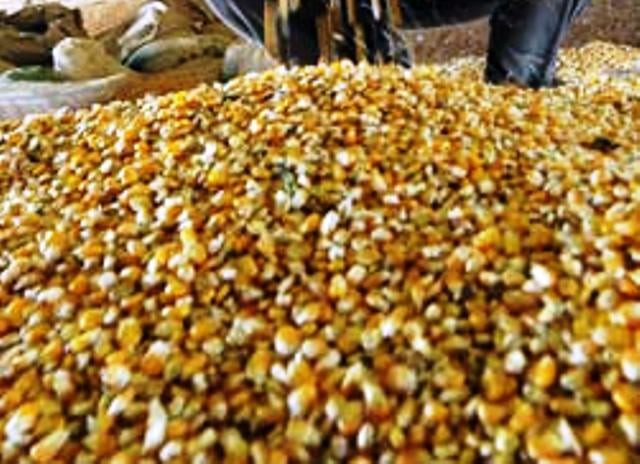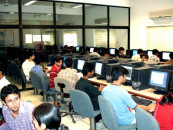Pakistan lagging behind regional competitors due to the absence of a firm govt policy
India, China ahead in production, global market share.

It always helps to put things in perspective with a comparison. When it comes to adopting genetically modified (GM) seeds of BT cotton, Pakistan can be compared with India and China — which is around 90%. Comparing any other statistic paints a bleak picture for Pakistan.
Since the first commercialisation of biotech crops back in 1996, 27 countries have adopted this technology primarily to feed their growing populations.

Pakistan’s regional competitors, China and India, adopted this technology in 1997 and 2002, respectively. The country itself adopted it in 2009 and is still lagging behind in production of BT cotton, the most harvested GM crop in the world, due to the absence of a firm government policy. It eventually leads to uncertified varieties making their way into the field.
Globally, area for genetically modified crops increased from 1.7 million hectares in 1996 to over 175 million hectares in 2013, showing its high adoption rate.
China
With a population of over 1.3 billion, China is rapidly expanding its roots for adoption of GM crops. The share of agriculture in China’s GDP is 10% and the total area under biotech crops cultivation in 2013 was 4.2 million hectares, up 5% compared to the previous year.
Currently, five commercialised biotech crops are planted in China out of which BT cotton remains the most prominent. In 2013, BT cotton was planted by 7.5 million farmers at an area of 4.2 million hectares, which is 90% of the total cotton planted area, making it the largest producer of cotton in the world.
Economic gains from BT cotton at the farmer level – between 1997 and 2012 – were $15.3 billion and $2.2 billion for 2012 alone.
During this period, 7.5 million small farmers increased their income by approximately $220 per hectare. China is on its way to commercially allow the adoption of two other major crops – biotech maize and BT rice – by farmers.
India
Of the estimated 11.6 million hectares of cotton in 2013, 95% or 11 million hectares were BT. Cotton production increased from 13.6 million bales in 2002-03 to 37 million bales in 2013-14, a record crop for the country. It is estimated that India will become the world’s largest cotton producer by 2017-18, surpassing China.

With a population of over 1.2 billion, the contribution of agriculture to GDP is 19% and the only commercialised biotech crop in India is BT cotton. In 2002, India’s share in the world cotton market was 12%, which reached 25% in 2013, an increase of more than 100% in 12 years’ time. Indian farmers’ income gains from biotech during the period between 2002 and 2012 are estimated to be $14.6 billion.
Pakistan
Pakistan is one of those countries that is losing its share in the world cotton market. Its total share in 2002 was 9%, which reduced to 8% in 2013. While India’s production reached 37 million special bales, Pakistan is stuck at around 13 million bales.
With a population of over 180 million, Pakistan’s agriculture sector contributes 21% to gross domestic product. BT cotton is the only commercialised biotech crop sowed but with a lot of variations in seed quality. The farmers’ income gain from biotech between 2010 and 2012 was $470 million.
Published in The Express Tribune, September 29th, 2014.
Like Business on Facebook, follow @TribuneBiz on Twitter to stay informed and join in the conversation.



















COMMENTS
Comments are moderated and generally will be posted if they are on-topic and not abusive.
For more information, please see our Comments FAQ